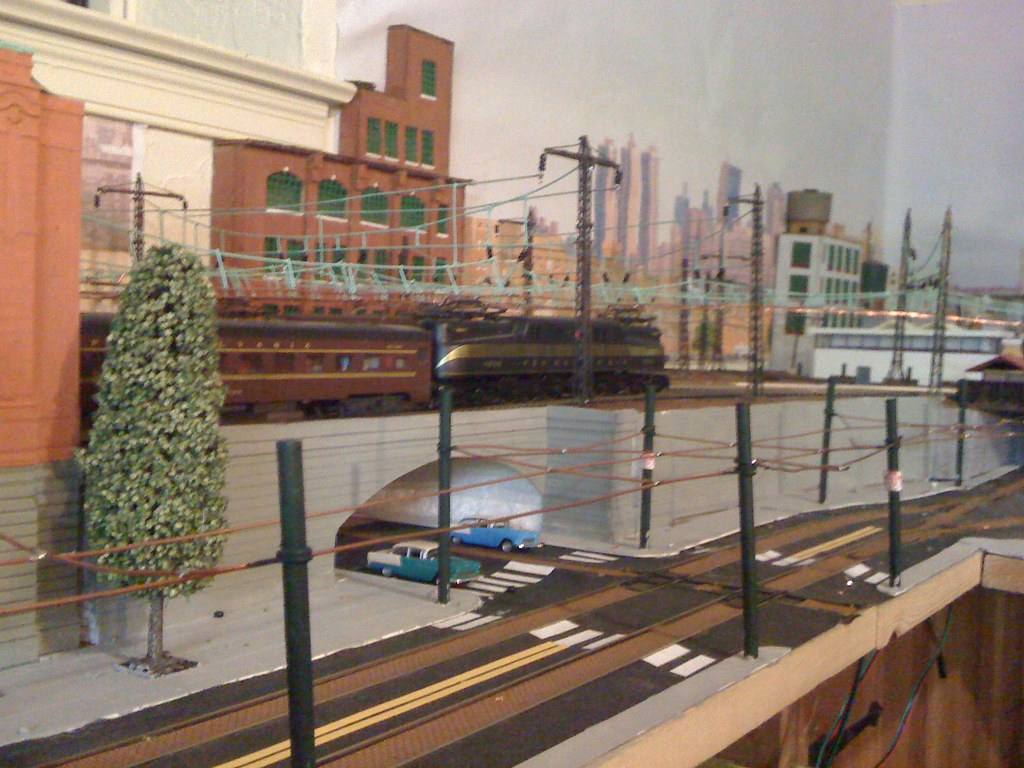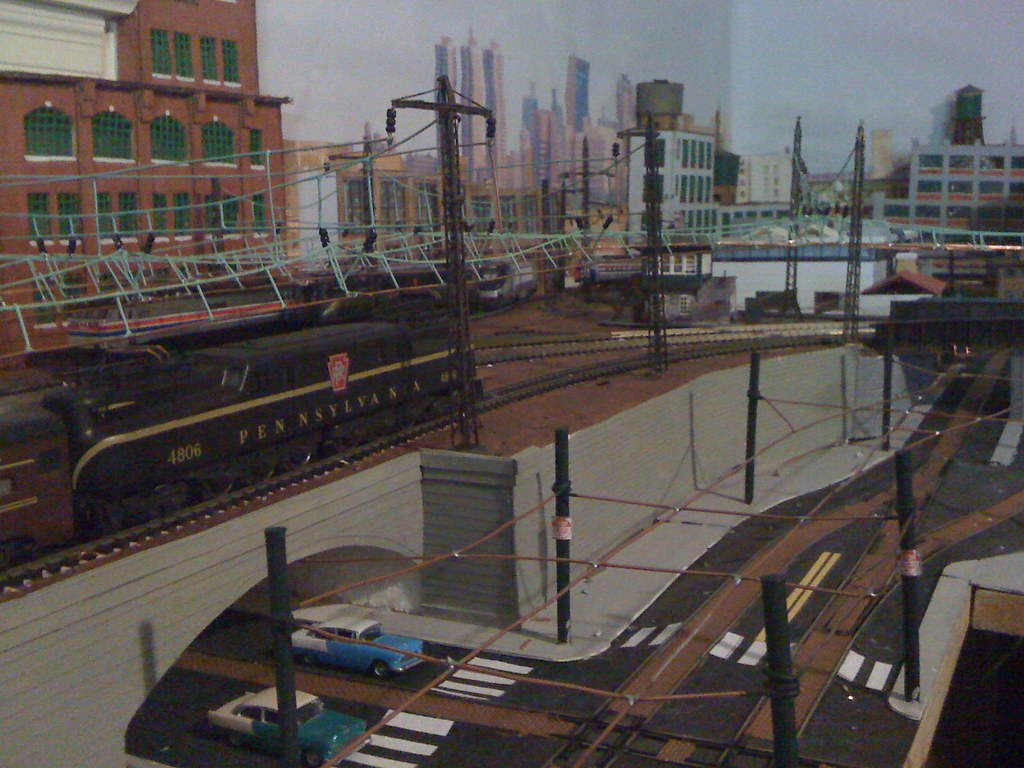by deandremouse
green_elite_cab wrote:Damn u just keep giving me more inspiration just for you if I get some really good photos and a big enough wood base I'll build TottenVille terminal. And i was going to have the tracks run in a loop but f*** that! I'll just have curves here an there but hell I'll go the extra mile. I WOULD REALLY rather it straight like that then have to build and align the track( that's a pain in the @ss) after a curve it makes it WAY easier.deandremouse wrote:Note- Something like an Silverliner I/ Pioneer IIIif thats the way you want to go, so be it. maybe you can get a Silverliner IV roof hump from one of those god awful SEPTA store models. they were meant to be toys, i think, so they look miserable on the ends, but the roof detail might work. they are cheap to. If you interested, i'll pick some up for you if i find any. I've been thinking about checking out the SEPTA store to see if they have any interesting equipment in there.
And instead of just calling it a day I chose to get creative that day. And well it was worth it so far the car looks ok.( besides the big hole in the roof) it can be classified as a fantasy Silverliner class....
BTW- today I finshed track work on 1/4 SIRT modules I made.
also, the SIRT is easy. Make the tottenville terminal, and i'll be impressed.
hell, i think you REALLY should backdate your modules. there used to be a huge smelting operation near the outerbridge crossing, its gone now, but back in the day you'd get some Chessie/ B&O units in there, deep in jersey territory. you can find some pictures if you look hard enough.
-DeAndre W.
Volunteer Conductor
(MTA) Railroads
Electrical Engineering Tech
Volunteer Conductor
(MTA) Railroads
Electrical Engineering Tech







